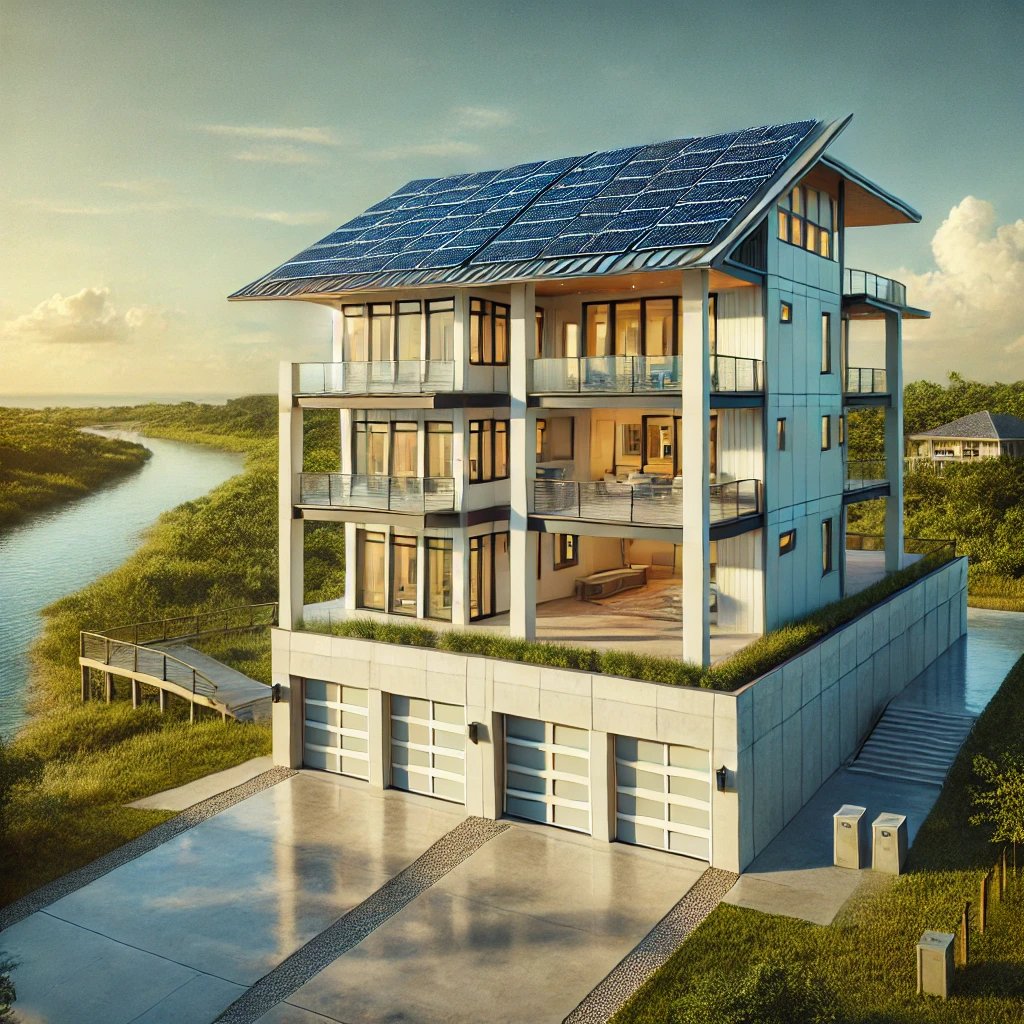October 2020 Real Estate Market Update
October 12, 2020
All Real Estate News

October 12, 2020
All Real Estate News

“Housing has experienced a strong V-shaped recovery and is now exceeding prepandemic levels.”
– Mark Fleming from First American
As we look at the real estate business, we can confidently say we have experienced a V-shaped recovery.
Showings are up across the country as tracked by ShowingTime – 60.7% on average across the country as compared to January 1st, purchase applications up 25% year over year, and pending deals up 21.8%. Existing home sales and new sales home sales are up as well, so all of these indicators are saying we’re ahead of where we were this time last. And the challenge is inventory. New home inventory is down 33% for new homes and 39% for existing homes.
Let’s take a look at the overall economy as the U.S, starting with consumer spending. This is measured by Opportunity Insights and goes all the way back to the 1st of January. It shows we dipped down in April, and it kind of slowly came back up in an even a wider V-shape where, on average, consumer spending is within 4.1% of where it was back in January. That’s an encouraging sign. We want to see that continue to return as consumers are able to go out and purchase goods.
The change in consumer spending in many states is past or above where they were January 1st, or is positive relative to consumer spending. Certainly, areas that were heavily affected by coronavirus or economies that are based on tourism, travel, and some of the service-based industries have been hit hard are still recovering from that.
Most recently, we know we have the unemployment rate at 7.9%. As we look at this over the last five months, the unemployment rate has come down. Let’s be clear that 7.9% is a not a great spot to be for unemployment, but we’ve seen that come down, and we want to see it come down more.
Just a couple of months ago, we were talking about the comparison of unemployment to the Great Depression, the Great Recession, and some of the downturns in the ‘80s. You can see here that in 2020, we’ve only been in four months of unemployment. During the Great Depression it was 108 months, the Great Recession was 30 months, and in the ‘80s was 19 months.
The number of people that are in active forbearance is decreasing. We peaked at almost five million people in forbearance earlier in May, and now we’re at 3.59 million, and want to continue to see that fall as people are able to come out of forbearance. The CFPB has provided for extensions for people that need those for up to 360 days.
We’re in this election season right now, and I think many people say, “Okay. We’ve got high unemployment and people on forbearance. Are we going to see a housing crash?” This is nothing like 2008. Let’s take a look at inventory. We are in a seller’s market, whereas in 2008 we were in a buyer’s market – literally an oversupply of homes on the market for the number of people that want to buy them. Back in 2008, we had anywhere from 10 to 12 months of inventory on the market. Today, we sit at historically low inventory levels across the country. When we saw over supply back in 2008 that led to price depreciation, where today we’re in very much an appreciating market because of the lack of supply in homes across the country.
Equity gives people options today. John Burns Consulting tells us that 42.1% of the homes in this country are owned free and clear today, and that 90% of the homes have at least 10% equity – so significant equity in homes across the country. In 2008, people were underwater – where they owed more on their home than it was worth – and they just walked away. So, the equity position of homeowners today is very, very strong and gives options relative to going into some sort of distressed sale. Now, are homes going to go into foreclosure? Yes, they are, but likely this is a trickle versus a flood of foreclosures. Equity is a big contributing factor to the strength of home ownership right now and going into next year.
You can see here the majority of experts saying we’re going to see somewhere between 3 and 4% for home price appreciation. Demand being driven by great interest rates right now – still the average 30-year fixed rate is below 3%.
“This is very different from the increase in delinquencies following the housing bubble… Lending standards have been fairly solid over the last decade, and most of these homeowners have equity in their homes, and they will be able to restructure their loans if they are employed.”
– Bill McBride from Calculated Risk
“Since the beginning of the COVID pandemic in March, nearly 400,000 fewer homes have been listed compared to last year, leaving a gaping hole in the U.S. housing inventory. As a result, home prices are accelerating at double last year’s pace.”
– realtor.com
If we look as well as at NAR’s Seller Traffic Index, we see a lot of folks reluctant to put their home on the market for a number of different reasons.
If we look at the year-over-year change in listings, the available inventory has continued to drop. Although new home inventory is coming to market, we still need more of it.
Now, it’s a very interesting picture of this challenge in existing home sales and new home sales from NAR from the Census. If we look at existing home sales being up 10.5% and listings down 39%, we have more sales than we have literally inventory coming into the market creating this challenge. Same thing with new homes, but a much more drastic jump in the sale of new homes at 43%.
More people are buying. Less people are. Certainly, suburban areas are outperforming urban areas in the recovery. While not a tremendous difference in numbers, price acceleration is faster in the suburban areas versus in the urban areas.
“Builders we spoke with in the active adult space told us some standing inventory numbers are low, and some are tripling the number of standing inventory homes they produce to satisfy demand. Some are also simplifying what they offer in their homes, a process that streamlines housing production and keeps new home prices more attainable.”
– John Burns Consulting
“As homeowners gain equity in their homes, they’re likely to consider using that equity to purchase a larger or more attractive home – the wealth effect of rising equity in today’s housing market. Fast, rising demand against the limited supply of homes for sale has resulted in continued house appreciation, price appreciation.”
– Mark Fleming from First American
The average home in Q2 gained almost $10,000 in equity
“Truth is attainable by laying fact upon fact and then fact upon fact.”
– The Wall Street Journal
See how we wrapped up October in Tallahassee:

Stay up to date on the latest real estate trends.

All Real Estate News
December 31, 2025

All Real Estate News
December 31, 2025

All Real Estate News
December 30, 2025

All Real Estate News
December 29, 2025

All Real Estate News
December 25, 2025

All Real Estate News
December 24, 2025
You’ve got questions and we can’t wait to answer them.